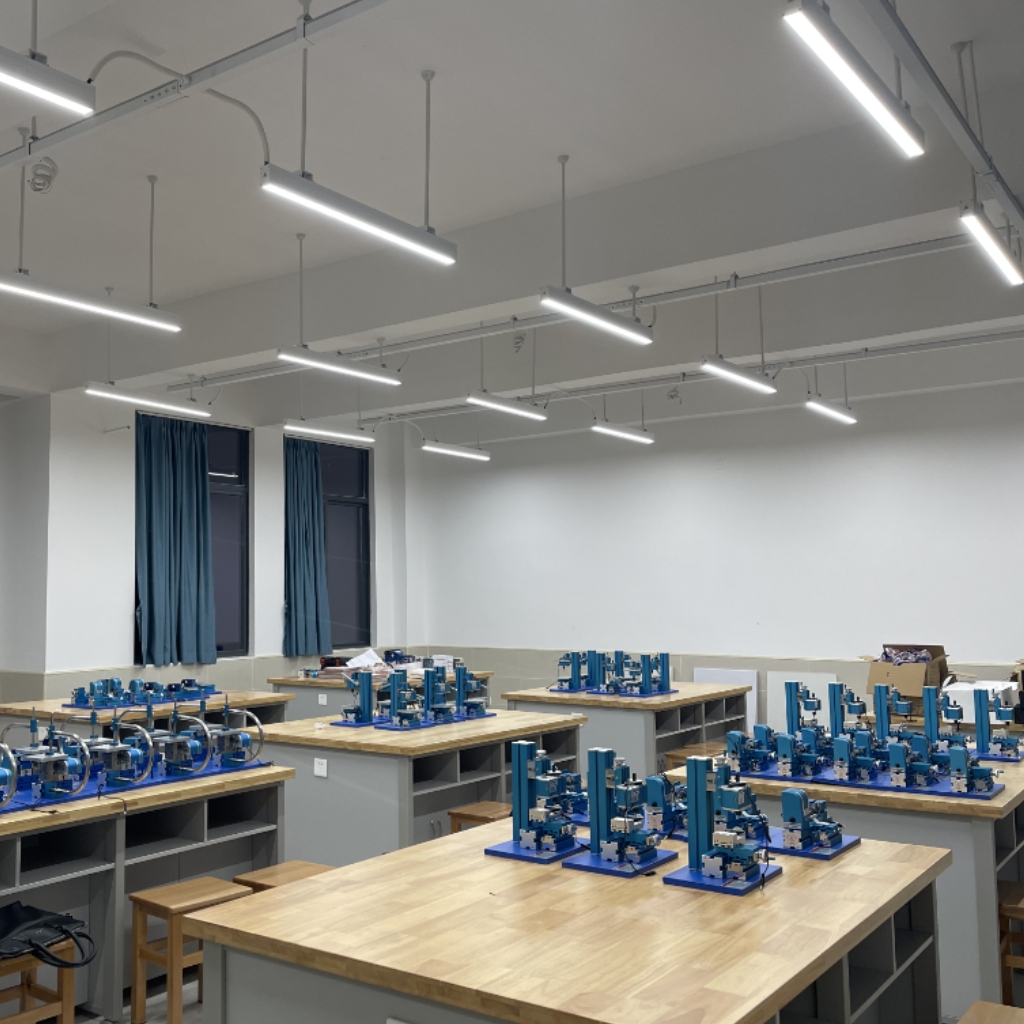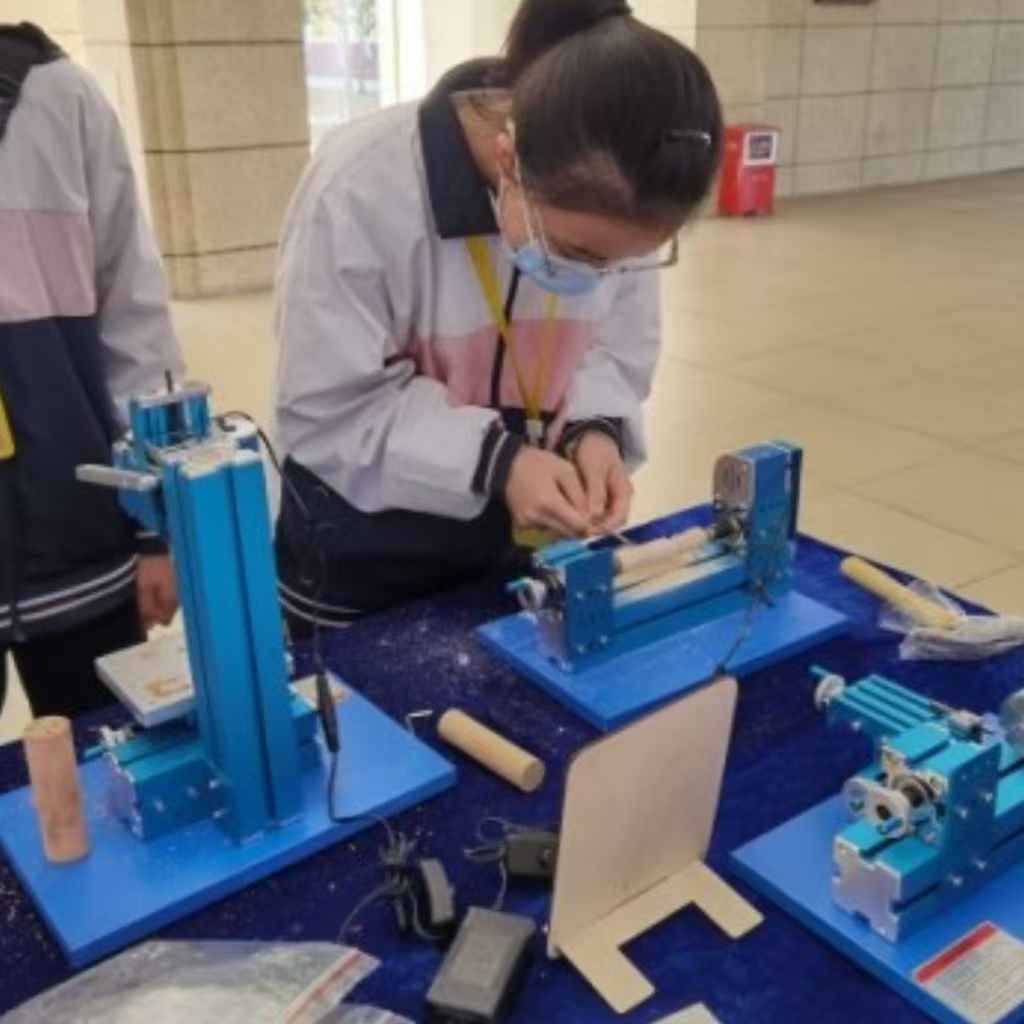Blog
Xendoll has 22 years of experience in the production of small machine tools. We will help you choose the suitable machine and share our experience in CNC machining with you.
 Jul 04, 2025
Jul 04, 2025

 799
799
In the world of metalworking, woodworking, and precision fabrication, few tools command the respect and versatility of the lathe machine. Often called the "mother of all machine tools," its fundamental job is elegantly simple yet profoundly powerful: to rotate a workpiece against a stationary cutting tool, precisely removing material to create cylindrical, conical, or radially symmetric shapes. From crafting delicate model parts to producing massive engine components, the lathe's core function enables an astonishing range of critical manufacturing tasks. Let's delve into the specific jobs a lathe excels at.

I. The Core Job: Shaping Rotationally Symmetric Parts
At its heart, the lathe's primary job is to generate shapes defined by rotation around a central axis.
Turning (External): This is the most fundamental lathe operation. The cutting tool moves parallel to the rotating workpiece's axis, removing material from its outer diameter (OD). This job creates smooth, cylindrical surfaces, reduces diameters to precise dimensions, and produces straight tapers. Think of creating shafts, axles, pins, or the cylindrical body of a chess piece.
Facing: Here, the cutting tool moves perpendicular to the workpiece's axis, traversing across its end. This job creates flat surfaces on the ends of cylinders, ensures parts are cut to an exact length, and provides a smooth, square reference surface. It's essential for parts that need to mate flush against other components.
Boring (Internal): When precision is needed inside a hole, the lathe performs boring. A specialized tool reaches into an existing hole (often a drilled or cast hole) and cuts material from the inner diameter (ID). This job enlarges holes to very accurate sizes, improves their roundness and surface finish, and creates internal tapers or complex internal profiles.
Drilling: While not its primary specialty, most lathes can easily perform drilling. The drill bit is held stationary in the tailstock, and the rotating workpiece is fed onto it. This job creates precise axial holes in the center of cylindrical workpieces, perfectly aligned with the rotational axis – a key advantage over standalone drilling machines for concentric parts.
Parting Off (Cutting Off): A thin, specially shaped cutting tool moves radially into the rotating workpiece to sever a finished part from the remaining stock. This job efficiently cuts workpieces to final length after other operations are complete.
II. Beyond the Basics: Advanced Shaping & Finishing Jobs
The lathe's capabilities extend far beyond simple cylinders and holes. With the right tooling and setups, it tackles complex jobs:
Taper Turning: By offsetting the tailstock, adjusting the compound slide angle, or using taper turning attachments, the lathe can machine precise conical shapes. This job is crucial for creating mating tapers (like in tool holders), conical pins, and decorative elements.
Grooving & Undercutting: Narrow cutting tools create grooves on the OD, ID, or faces of the workpiece. These jobs serve functional purposes like providing space for O-rings, retaining clips (snap rings), or lubrication channels, or creating decorative lines.
Threading: One of the lathe's most valuable jobs is cutting screw threads. The tool moves longitudinally in precise synchronization with the workpiece rotation (via the lead screw). This job creates highly accurate external (on the OD) or internal (in a bored hole) threads, essential for bolts, nuts, fittings, and countless assemblies.
Knurling: A special knurling tool, featuring hardened rolls with a diamond or straight pattern, is pressed against the rotating workpiece. This job deforms (rather than cuts) the surface to create a textured, non-slip grip. Common on tool handles, knobs, and adjustment collars.
Forming: Complex profiles can be machined using a cutting tool ground to the exact inverse of the desired shape. As the tool feeds into the workpiece, it replicates its form. This job is efficient for producing specific, non-standard shapes in larger quantities.
Chamfering & Deburring: Simple angled cuts made on the edges of a workpiece. This job removes sharp burrs for safety, creates lead-ins for easier assembly, and improves the aesthetic appearance of parts.
III. The Lathe's Enduring Value: Precision, Versatility, and Control
The fundamental job of rotating the workpiece against a controlled tool unlocks the lathe's true power: unmatched precision in creating axisymmetric forms. This simple principle translates into immense versatility. From the massive engine lathes in heavy industry to the compact, high-precision mini-lathes ideal for educational workshops, hobbyist projects (like model engineering or instrument making), and specialized small-batch production, the core function remains the same.
For mechanical dealers, stocking lathes means offering customers the primary tool for creating shafts, bushings, threaded components, and countless custom repair parts. Educational equipment suppliers provide institutions with the foundational machine for teaching core manufacturing principles, dimensional accuracy, and safe machining practices. Machining enthusiasts and small workshops find the lathe indispensable for prototyping, custom fabrication, restoration work, and the pure satisfaction of shaping metal or wood with precision.

Conclusion: More Than Just Turning
While "turning" is its signature move, the job of a lathe machine encompasses a vast array of precision material removal tasks: facing, boring, drilling, threading, grooving, knurling, and creating complex profiles. Its ability to generate parts defined by rotation – with exceptional accuracy, repeatability, and surface finish – makes it irreplaceable across countless industries and applications. Whether crafting intricate components for aerospace or enabling a mechanical hobbyist to bring their ideas to life on a benchtop model, the lathe remains the cornerstone of subtractive manufacturing, proving that rotating a workpiece against a sharp tool is a job that never goes out of style. For businesses and individuals seeking this level of precision and versatility, exploring the range of lathes, especially space-efficient mini-lathes, offered by manufacturers like Xendoll Tools (xendolltools.com) is a critical step towards unlocking unparalleled fabrication capabilities.



 Show all our samples
Show all our samples
 Provide you with a free quote
Provide you with a free quote
 Answer all the questions you may have
Answer all the questions you may have
 Guided installation and other options
Guided installation and other options